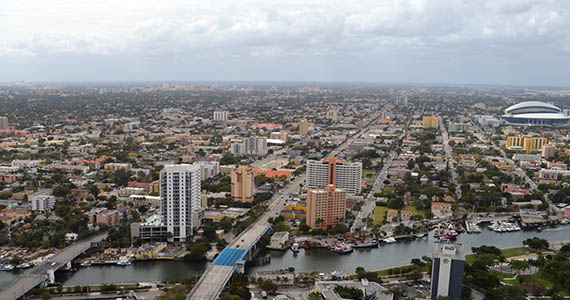Trending
Miamians spend up to 58% of income on rent in minority neighborhoods: report

In Miami, residents can expect to spend more of their paychecks on rent if they live in a mostly black or Hispanic neighborhood than if they live in a predominantly white neighborhood, according to a new report.
The share of income needed to pay rent in black communities in Miami is 58.2 percent, higher than the national average of 43.7 percent. In Miami’s predominantly Hispanic neighborhoods, it’s 55.1 percent, also higher than the national average of 48.1 percent.
In Miami’s white neighborhoods, residents will spend about 41.7 percent of their paychecks on rent, the Zillow report found.
The general rule of thumb is that people should spend about a third of their incomes on housing, which they do on average in the U.S.
In Los Angeles, Zillow found that renters should expect to shell out 50 percent of the incomes on housing in white areas, 63 percent in Hispanic neighborhoods and nearly 64 percent in black communities. Rental affordability has been on the decline since 2011 and has worsened in minority neighborhoods, according to Zillow.
And in Miami-Dade, minorities are the majority. Non-hispanic white residents make up only 15.4 percent of the county’s makeup, according to the 2010 census. Hispanic/Latinos represent 65 percent, while the black population makes up about 17.1 percent of Miami-Dade’s residents.
Affordable and workforce housing is a big problem in South Florida. The Urban Institute recently released a report that found the number of single-family homes in Wynwood that were rented by low- to middle-income households dropped from 38 percent to 20 percent between 2000 and 2015.
The report also found that a majority of Miami’s low- to middle-income households are located in downtown Miami, West Flagler, Flagami, Allapattah and Little Havana, but residents in areas like Coconut Grove, the Upper Eastside and Edgewater were economically more successful.




